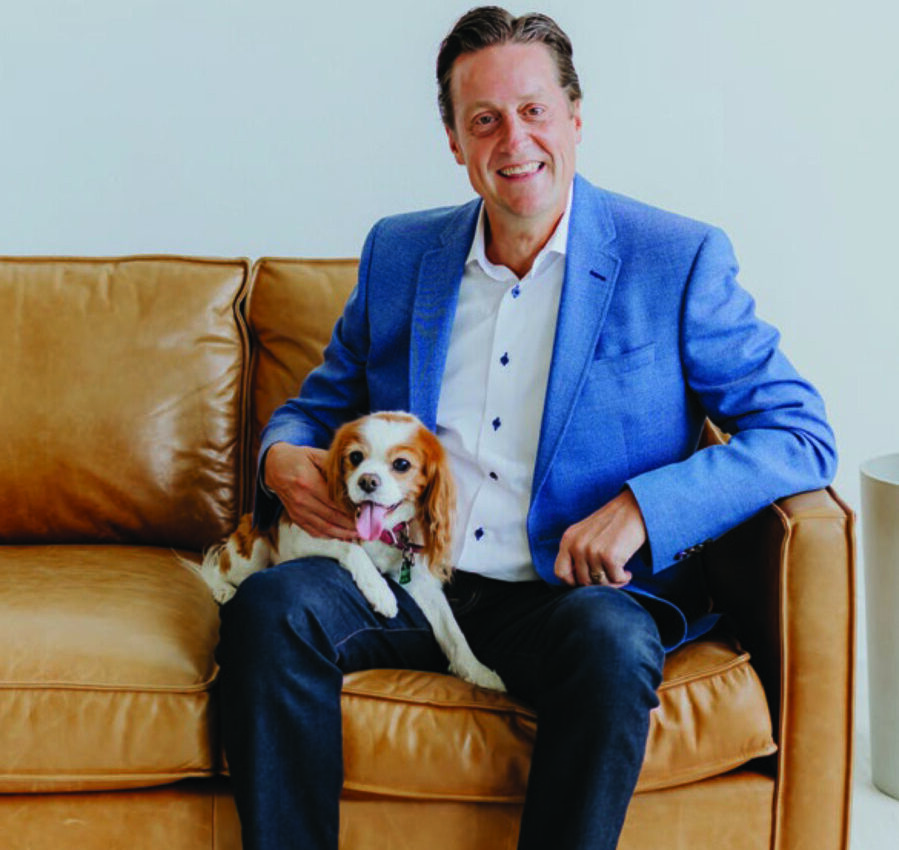HEAD
Both in front and profile view the head bears a general resemblance to a well-blunted lean wedge, being smooth and clean in outline and nicely balanced in proportion. On the sides it tapers gradually and smoothly from the ears to the end of the black nose, without being flared out in backskull (cheeky) or pinched in muzzle (snipy). In profile view the top of the backskull and the top of the muzzle lie in two approximately parallel, straight planes of equal length, divided by a very slight but perceptible stop or break. A midpoint between the inside corners of the eyes (which is the center of a correctly placed stop) is the center of balance in length of head. The end of the smooth, well-rounded muzzle is blunt but not square. The underjaw is strong, clean-cut and the depth of skull from the brow to the under part of the jaw is not excessive. The teeth are of good size, meeting in a scissors bite. Overshot or undershot jaws are undesirable, the latter being more severely penalized. There is a very slight prominence of the eyebrows. The backskull is flat, without receding either laterally or backward and the occipital bone is not highly peaked. The proper width of backskull necessarily depends upon the combined length of skull and muzzle and the width of the backskull is less than its length. Thus the correct width varies with the individual and is dependent upon the extent to which it is supported by length of muzzle. Because of the importance of the head characteristics, prominent head faults are very severely penalized.
EYES
Because of the combination of the flat skull, the arched eyebrows, the slight stop and the rounded muzzle, the foreface must be chiseled to form a receptacle for the eyes and they are necessarily placed obliquely to give them the required forward outlook. Except for the blue merles, they are required to be matched in color. They are almond- shaped, of medium size and never properly appear to be large or prominent. The color is dark and the eye does not show a yellow ring or a sufficiently prominent haw to affect the dog’s expression. The eyes have a clear, bright appearance, expressing intelligent in- quisitiveness, particularly when the ears are drawn up and the dog is on the alert. In blue merles, dark brown eyes are preferable, but either or both eyes may be merle or china in color without specific penalty. A large, round, full eye seriously detracts from the desired sweet expression. Eye faults are heavily penalized.
EARS
The ears are in proportion to the size of the head and, if they are carried properly and unquestionably break naturally, are seldom too small. Large ears usually cannot be lifted correctly off the head, and even if lifted, they will be out of proportion to the size of the head. When in repose the ears are folded lengthwise and thrown back into the frill. On the alert they are drawn well up on the backskull and are carried about three- quarters erect, with about one-fourth of the ear tipping or breaking forward. A dog with prick ears or low ears cannot show true expression and is penalized accordingly.
NECK
The neck is firm, clean, muscular, sinewy and heavily frilled. It is fairly long, carried upright with a slight arch at the nape and imparts a proud, upstanding appearance showing off the frill.
BODY
The body is firm, hard and muscular, a trifle long in proportion to the height. The ribs are well-rounded behind the well-sloped shoulders and the chest is deep, extending to the elbows. The back is strong and level, supported by powerful hips and thighs and the croup is sloped to give a well-rounded finish. The loin is powerful and slightly arched. Noticeably fat dogs, or dogs in poor flesh, or with skin disease, or with no under- coat are out of condition and are moderately penalized accordingly.
LEGS
The forelegs are straight and muscular, with a fair amount of bone considering the size of the dog. A cumbersome appearance is undesirable. Both narrow and wide placement are penalized. The forearm is moderately fleshy and the pasterns are flexible but without weakness. The hind legs are less fleshy, muscular at the thighs, very sinewy and the hocks and stifles are well bent. A cowhocked dog or a dog with straight stifles is penalized. The comparatively small feet are approximately oval in shape. The soles are well padded and tough, and the toes are well arched and close together. When the Collie is not in motion the legs and feet are judged by allowing the dog to come to a natural stop in a standing position so that both the forelegs and the hind legs are placed well apart, with the feet extending straight forward. Excessive “posing” is undesirable.














